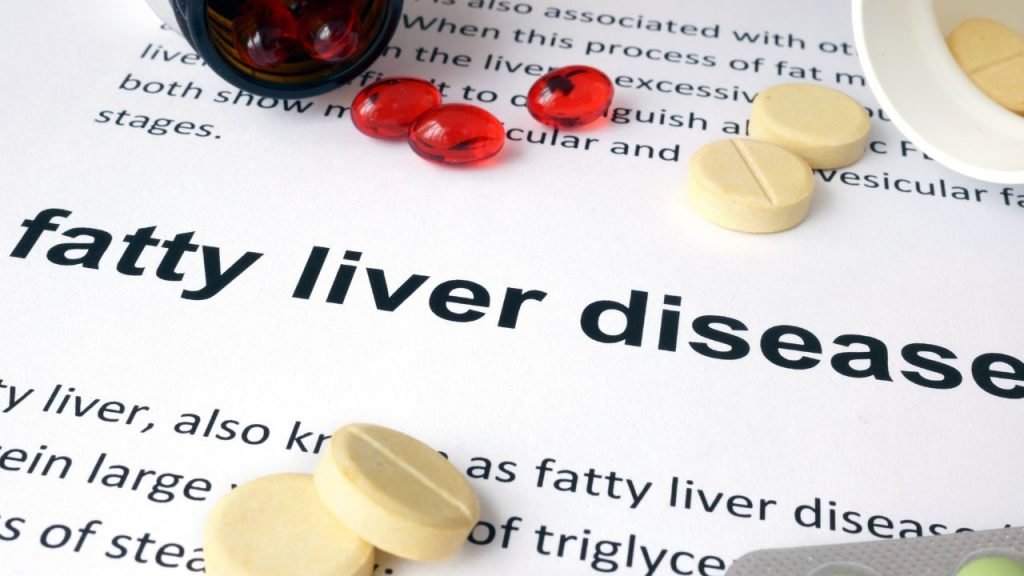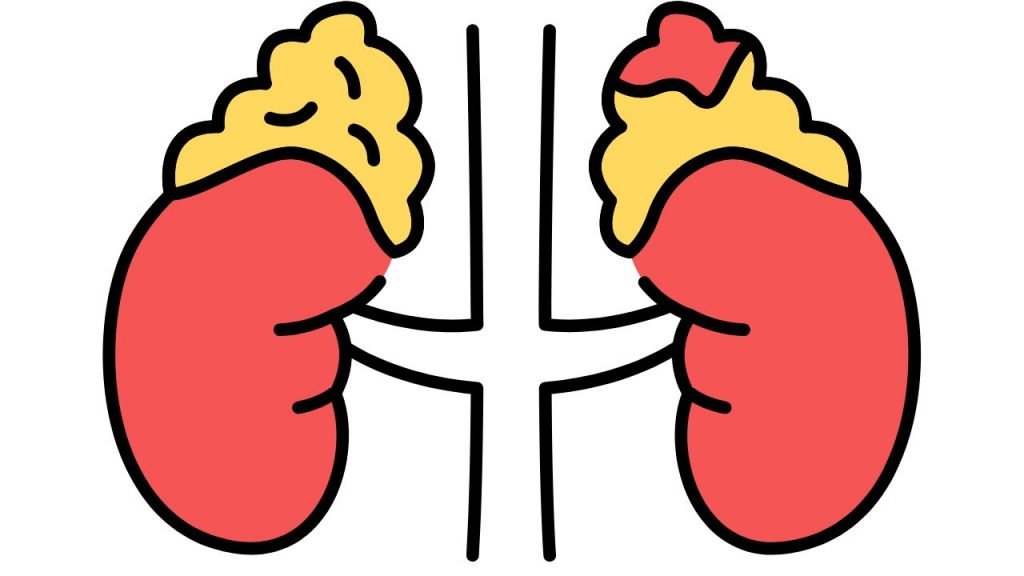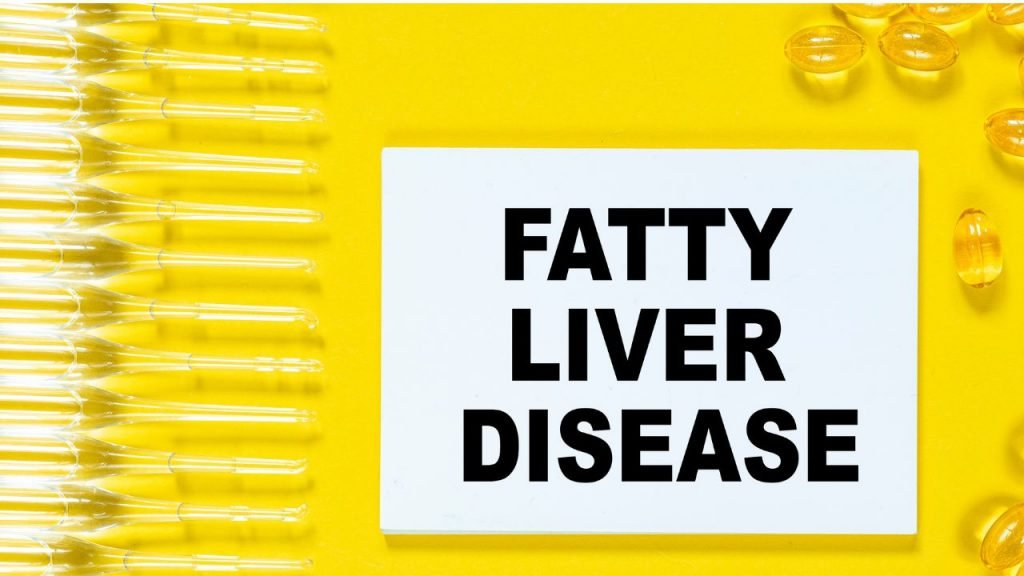
It’s hard to ignore the fat that appears on the abdomen or the thigh. But what about a fatty liver that we cannot see or feel, and most people do not know it exists? The presence of a certain amount of fat in the liver is normal. But when fat constitutes more than 5% – 10% of the weight of the liver, it may mean that there is a fatty liver disease caused by drinking alcohol, or other factors.
Some cases of the fatty liver may develop serious complications.
There are two main types of fatty liver. They are:
Fatty liver can develop after drinking either small or large amounts of alcohol.
The disease may develop even after a short period of excessive consumption of alcoholic beverages.
Some people who suffer from excess fat in the liver suffer from a disease called fatty liver. Indeed, this condition is not normal. But as long as it does not cause inflammation or damage to the liver, it remains a non-serious condition.
Other people suffer from a disease called inflammation and scarring of the liver (Steatohepatitis).
Although this disease is similar to liver disease caused by alcohol consumption, people with it consume only small amounts of alcohol or don’t consume alcohol at all.
This disease may cause irreversible damage to the liver. Plus, the liver may become solid, and, over time, the scars may replace the cells. This condition is called cirrhosis of the liver (liver cirrhosis).
Up to 20% of all adults are likely to develop fatty liver disease or inflammation and scarring of the liver not caused by alcohol consumption. Plus, more than six million children suffer from one of these two diseases, which are prevalent mainly among children of Asian or Hispanic origin.

In very rare cases, fat accumulates in the liver of a pregnant woman. This phenomenon poses a serious threat to the life of both the mother and the fetus, as both may develop liver failure, severe infection, or bleeding.
It’s not clear why fatty liver develops during pregnancy. Perhaps, hormones are the main cause of the disease.
After confirming the disease via diagnosis in a pregnant woman, she may find herself obliged to give birth as soon as possible. In certain cases, the mother may need intensive care for a few days. But, in most cases, the liver returns to its normal functioning within a few weeks.
Generally, fatty liver disease is silent and has no symptoms, especially in its early stages. Its symptoms increase with the development of the disease.
In cases where the disease worsens, (a process that may take a few years, or even a few decades), the following symptoms may appear:
In patients with alcoholic liver disease, symptoms may worsen after periods of heavy drinking. The nonalcoholic fatty liver disease may stop, reverse, or worsen.
In cases where cirrhosis progresses, the liver loses its ability to function and perform its role in the body.
As a result, the following symptoms may appear:

The causes of this disease vary according to which type it is. Among the most important factors that lead to the emergence of the disease are the following:
Heredity plays a great role in causing liver disease associated with alcohol consumption. This happens in two ways:
Other factors that may influence the possibility of developing a liver disease caused by alcohol consumption include:
There are other factors that influence the disease, but they are patient-specific and can be studied individually.
The factors that cause nonalcoholic fatty liver disease are not entirely clear. There are many factors that increase the degree of risk. Yet, there are cases in which none of these risk factors are present.
Some of the most prominent factors are:
Some researchers today suspect that the last factor likely plays a role in the progression of nonalcoholic fatty liver disease into inflammatory disease and the scarring of the nonalcoholic liver.

There are many complications resulting from fatty liver, which, are, linked to both types of liver diseases. They can be summed up as follows:
Routine examinations often help to discover the fatty liver disease. Your doctor may notice that your liver is slightly enlarged, or he may see signs of a fatty liver in blood tests.
The most important diagnostic tests that can help discover fatty liver are:
In routine blood tests, elevated levels of certain enzymes in the liver may appear.
These enzymes can be alanine aminotransferase (ALT – alanine aminotransferase), or aspartate aminotransferase (AST – aspartate aminotransferase).
Fatty liver can also be seen in imaging tests, such as X-ray imaging or ultrasound imaging.
The only way to confirm a diagnosis of fatty liver is a liver biopsy. A biopsy is usually performed after the exclusion of other factors.
Under local anesthesia, the doctor inserts a needle through the skin and takes a small sample from the liver. The sample is examined under a microscope for signs of fat, inflammation, or infection in the liver cells.
If there are no signs of inflammation or injury to the liver cells, the diagnosis will be fatty liver.
Up to now, there is no cure for fatty liver. But it is so important to treat any other health trouble that may be related to this disease, such as diabetes.
Still, some measures or steps can be taken to decrease the effects of fatty liver. Below, you will find the most important ones of these measures:

In case of liver disease caused by alcohol consumption, the patient should stop drinking alcohol, especially if he is an excessive drinker. If necessary, we must give him any support or assistance to help to quit alcohol. One should understand that continued alcohol consumption may lead to disease exacerbation, like alcohol-induced jaundice or cirrhosis of the liver.
As for patients with nonalcoholic fatty liver disease, stopping drinking alcohol can be helpful.
People who are obese or overweight should do everything they can to gradually lose weight from half a kilo up to one kilogram per week.
A study showed that losing weight within a few months can help reverse the course of inflammation and scarring of the liver that is not caused by alcohol consumption. Plus, losing weight in small percentages can help reduce the accumulation of fat in the liver.
In addition to reducing the number of calories in your body via exercising, you should avoid foods rich in refined carbohydrates (purified carbohydrates), which are quickly digested. That is, you should reduce the consumption of foods like white bread, white rice, and refined sugar.
This can help slow the disease or reverse its course.
In clinical trials, health professionals check the effectiveness of certain antioxidants and some modern diabetes medications in treating fatty liver disease, as there is a relationship between this disease, oxidative stress, and diabetes. Checking can include:
New findings on the role of bacteria in the development of fatty liver disease may lead to other therapeutic methods, and approaching the unbalanced diet with probiotics.
Probiotic is a general name given to food additives that contain good bacteria or active and good yeasts.
In cases where cirrhosis is exacerbated, a liver transplant is sometimes needed. In this operation, the surgeon removes the diseased liver and transplants a healthy liver in its place.
Fatty liver infection can be prevented by following these tips:
Leave a comment